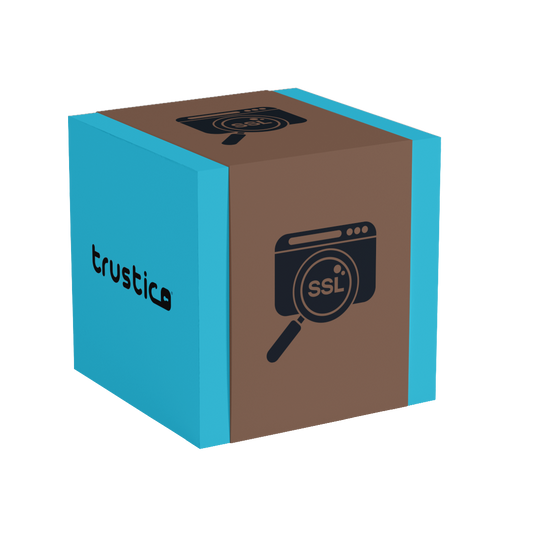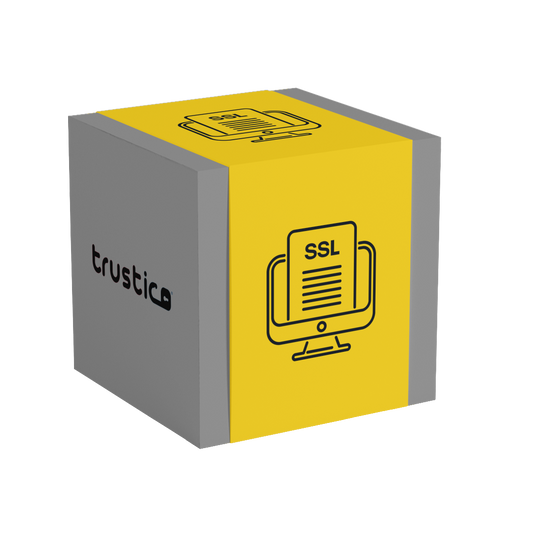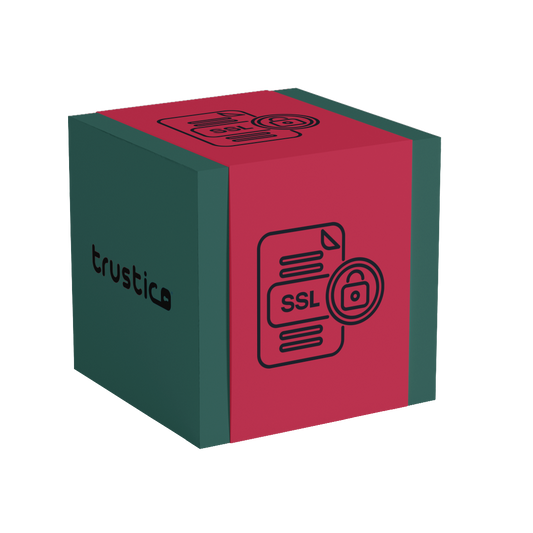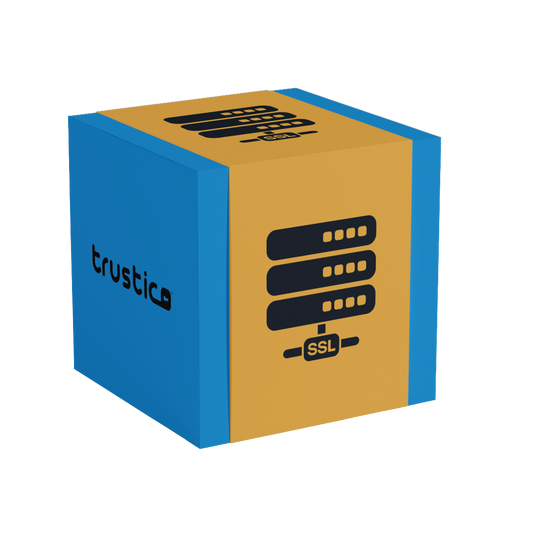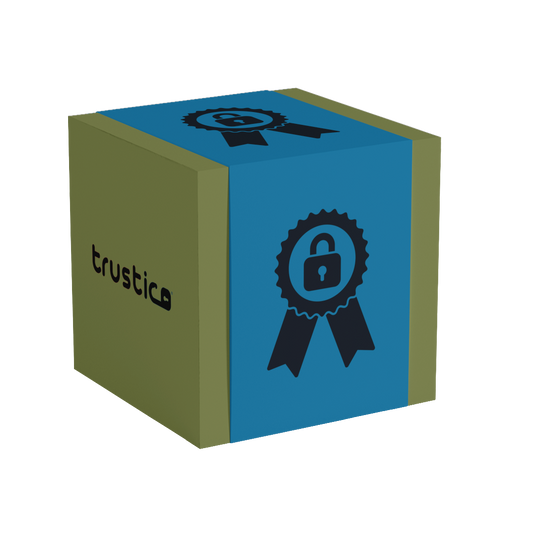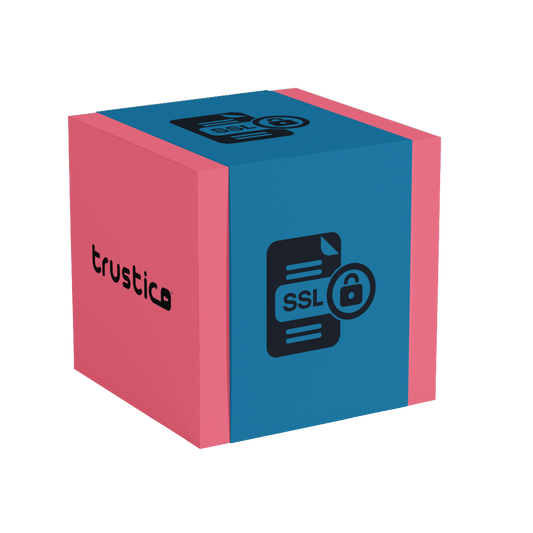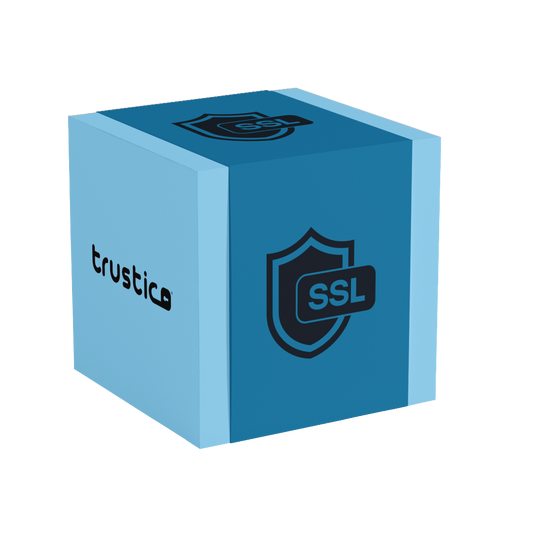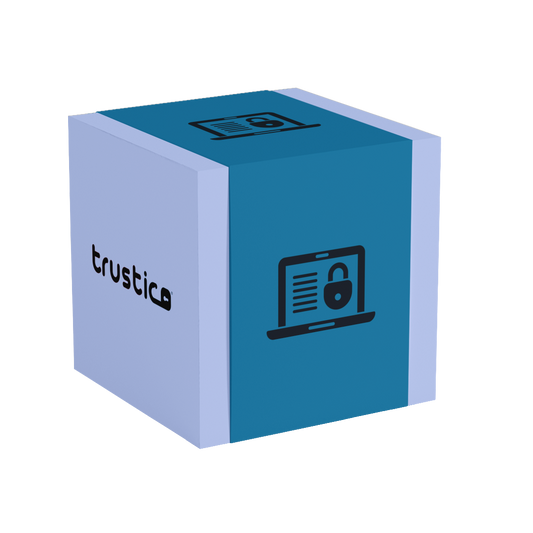
SSL Certificates with Client Authentication EKU - Available Through Trustico® Until May 2026
Zane LucasShare
The deprecation of Client Authentication from standard SSL Certificates has created significant challenges for organizations relying on them for user authentication, system access, and secure communications.
While the industry moves toward dedicated Client SSL Certificates for authentication purposes, many organizations need time to migrate their infrastructure and update their systems before the May 15th, 2026 deadline.
Trustico® has negotiated an extended availability period with Sectigo® to continue providing SSL Certificates with Client Authentication capabilities until the hard cutoff date of May 15th, 2026, offering a crucial transition window for affected organizations.
This extended availability represents a significant advantage for Trustico® customers who require additional time to implement proper Client SSL Certificate infrastructure. While other providers have already removed Client Authentication from their SSL Certificates, Sectigo® branded SSL Certificates issued through Trustico® automatically include Client Authentication in the Extended Key Usage (EKU) extension until the final deprecation date of May 15th, 2026.
This exclusive arrangement ensures business continuity for organizations that depend on this functionality through May 2026.
Understanding the implications of this change and the available solutions helps organizations plan their migration strategy while maintaining operational security.
The deprecation affects various use cases including mutual TLS authentication, VPN access, secure e-mail, and application authentication that currently rely on Server SSL Certificates with Client Authentication extensions.
Understanding the Client Authentication Deprecation
The CA/Browser Forum baseline requirements have mandated the removal of Client Authentication from the Extended Key Usage (EKU) extension in publicly-trusted SSL Certificates, with full enforcement by May 15th, 2026. This change aims to improve security by separating server authentication from client authentication purposes, ensuring each SSL Certificate type is optimized for its specific use case. The deprecation timeline has been established to provide organizations time to transition, but many providers have already implemented these restrictions.
Client Authentication in Server SSL Certificates has historically enabled dual-purpose usage where a single SSL Certificate could authenticate both servers and clients. This convenience led many organizations to implement authentication systems relying on Server SSL Certificates for client identification.
However, security best practices now recommend dedicated Client SSL Certificates that are specifically designed and validated for authentication purposes.
The deprecation particularly impacts organizations using SSL Certificates for mutual TLS (mTLS) authentication where both client and server verify each other's identity. Systems configured to check for Client Authentication in the EKU will reject SSL Certificates lacking this extension, potentially breaking authentication workflows. This creates urgent migration pressure for organizations with complex authentication infrastructures that must be resolved before May 15th, 2026.
Impact on Current Authentication Systems
Organizations using SSL Certificates with Client Authentication for VPN access face immediate challenges as SSL Certificates without this EKU won't authenticate users to VPN gateways. Many enterprise VPN solutions specifically check for Client Authentication capability before allowing connections. Without proper SSL Certificates, remote workers will lose access to corporate resources after May 15th, 2026, creating significant business disruption.
Secure e-mail systems using S/MIME SSL Certificates derived from Server SSL Certificates also face compatibility issues. While dedicated S/MIME SSL Certificates remain unaffected, organizations that repurposed Server SSL Certificates for e-mail encryption and signing must transition to proper e-mail SSL Certificates before the 2026 deadline. This transition requires updating e-mail clients, redistributing SSL Certificates to users, and updating directory services.
Application-to-application authentication using mutual TLS represents another critical impact area. Many API integrations, microservices architectures, and service-to-service communications rely on Client Authentication in Server SSL Certificates. These systems require reconfiguration to use dedicated Client SSL Certificates or alternative authentication methods before May 2026, potentially requiring significant development effort.
The Trustico® Solution : Extended Availability Until May 2026
Trustico® has secured an exclusive arrangement with Sectigo® to continue providing SSL Certificates with Client Authentication included in the EKU extension until the hard cutoff date of May 15th, 2026. This extended availability provides crucial breathing room for organizations to properly plan and implement their migration strategies.
All Sectigo® branded SSL Certificates issued through Trustico® automatically include this capability without requiring special requests or additional configuration through May 15th, 2026.
This exclusive arrangement means organizations can continue obtaining compatible SSL Certificates for their existing authentication infrastructure while working on long-term solutions before the 2026 deadline.
The automatic inclusion of Client Authentication eliminates confusion about which SSL Certificates support this functionality. Customers don't need to specify special requirements or navigate complex ordering processes : every eligible Sectigo® SSL Certificate from Trustico® includes Client Authentication by default until May 15th, 2026.
The extended timeline allows organizations to properly test migration strategies, update applications, and train staff without the pressure of immediate SSL Certificate unavailability. This measured approach reduces the risk of authentication failures and service disruptions that could occur with rushed migrations. Organizations can maintain business continuity while implementing proper Client SSL Certificate infrastructure before the May 2026 deadline.
Migration Strategies During the Extension Period Through May 2026
Organizations should use this extended availability period through May 15th, 2026 to implement proper Client SSL Certificate infrastructure rather than simply delaying the inevitable transition. The first step involves auditing all systems currently relying on Server SSL Certificates with Client Authentication. This audit identifies critical dependencies and helps prioritize migration efforts based on business impact and technical complexity.
Implementing dedicated Client SSL Certificate infrastructure requires establishing appropriate SSL Certificate lifecycle management processes well before the 2026 deadline. Unlike Server SSL Certificates that are typically managed by IT teams, Client SSL Certificates often require distribution to individual users or systems. This distribution challenge necessitates automated enrollment systems, SSL Certificate management platforms, and clear procedures for SSL Certificate renewal and revocation.
Testing migration approaches in non-production environments ensures smooth transitions when implementing changes in production systems before May 2026. Organizations should validate that new Client SSL Certificates work correctly with existing authentication systems before decommissioning Server SSL Certificates with Client Authentication. This parallel-run approach minimizes disruption risk during the transition period.
Technical Considerations for Client Authentication
The Extended Key Usage (EKU) extension in X.509 SSL Certificates specifies the purposes for which an SSL Certificate can be used. Client Authentication (OID 1.3.6.1.5.5.7.3.2) indicates the SSL Certificate can authenticate clients to servers. When this extension is removed from Server SSL Certificates after May 15th, 2026, systems checking for this specific OID will reject the SSL Certificate for client authentication purposes.
Application configurations may need updating to accept SSL Certificates without Client Authentication in the EKU or to use separate Client SSL Certificates. Some applications allow configuring which EKU values to check, providing flexibility during migration. Understanding these configuration options helps organizations plan appropriate transition strategies for different systems before the 2026 deadline.
SSL Certificate validation logic in custom applications might require code changes to handle the new SSL Certificate structure. Development teams should review authentication code to understand dependencies on Client Authentication extensions. This review identifies necessary code changes and helps estimate migration effort for custom applications that must be completed before May 15th, 2026.
Best Practices for Organizations Affected by the Change
Organizations should immediately begin planning their migration strategy rather than waiting until the May 15th, 2026 cutoff date approaches. Early planning provides time to address unexpected complications and ensures smooth transitions. The extended availability from Trustico® provides breathing room until May 2026, but this time should be used productively for migration preparation.
Implementing proper Client SSL Certificate infrastructure represents a security improvement over dual-purpose SSL Certificates. Dedicated Client SSL Certificates can have appropriate validation levels, key usage restrictions, and validity periods for authentication purposes. This specialization improves security posture and simplifies SSL Certificate management by clearly separating server and client authentication roles.
Documentation of current authentication flows and SSL Certificate dependencies creates valuable reference material for migration planning before May 2026. Understanding exactly how SSL Certificates are used in each system helps identify appropriate replacement strategies. This documentation also assists in troubleshooting issues during migration and serves as valuable knowledge transfer for team members.
Alternative Authentication Approaches
While migrating to dedicated Client SSL Certificates represents the most straightforward approach before the May 2026 deadline, organizations might consider alternative authentication methods for some use cases. OAuth 2.0, SAML, and other token-based authentication systems provide SSL Certificate-free alternatives for many scenarios. These modern authentication protocols offer flexibility and scalability advantages over SSL Certificate-based authentication.
For API authentication, API keys, JWT tokens, or OAuth flows might provide simpler alternatives to mutual TLS. These approaches eliminate SSL Certificate management overhead while maintaining security. However, they require application changes and might not provide the same level of transport-layer security as SSL Certificate-based authentication.
Hybrid approaches combining SSL Certificates for transport security with separate authentication mechanisms offer flexibility. TLS provides encryption while authentication occurs through separate credentials or tokens. This separation simplifies SSL Certificate management while maintaining strong authentication, though it requires careful implementation to maintain security before the 2026 transition.
Planning for the Final Deprecation on May 15th, 2026
The May 15th, 2026 date represents an absolute deadline when Client Authentication will no longer be available in Server SSL Certificates from any provider. Organizations must complete their migrations before this date to avoid authentication failures. Trustico® customers benefit from extended availability until this date, but this advantage should be used for careful migration rather than postponing necessary changes.
Establishing migration milestones helps track progress toward complete transition before May 2026. These milestones might include completing system audits by end of 2024, implementing Client SSL Certificate infrastructure by mid-2025, migrating pilot applications by late 2025, and completing production migrations by early 2026. Regular progress reviews ensure organizations stay on track for timely completion before the final deprecation.
Contingency planning for systems that cannot migrate before the May 15th, 2026 deadline ensures business continuity. Some legacy systems might require extensive redevelopment or replacement to support new authentication methods. Identifying these systems early allows time to develop workarounds or replacement strategies that maintain functionality after deprecation.
Leveraging Trustico® for Smooth Transitions Through May 2026
Trustico® provides more than just extended SSL Certificate availability through May 15th, 2026 : our expertise helps organizations navigate this complex transition. Our teams understand the technical implications of Client Authentication deprecation and can advise on appropriate migration strategies. This guidance helps organizations make informed decisions about their authentication infrastructure before the 2026 deadline.
The exclusive arrangement with Sectigo® demonstrates Trustico® commitment to customer success during industry transitions. By negotiating extended availability until May 15th, 2026, we provide practical solutions that acknowledge real-world migration challenges. This customer-focused approach ensures organizations can maintain security and functionality while adapting to evolving industry standards.
Organizations facing Client Authentication deprecation challenges should leverage this unique opportunity to obtain compatible SSL Certificates while implementing proper long-term solutions before the May 2026 deadline.


